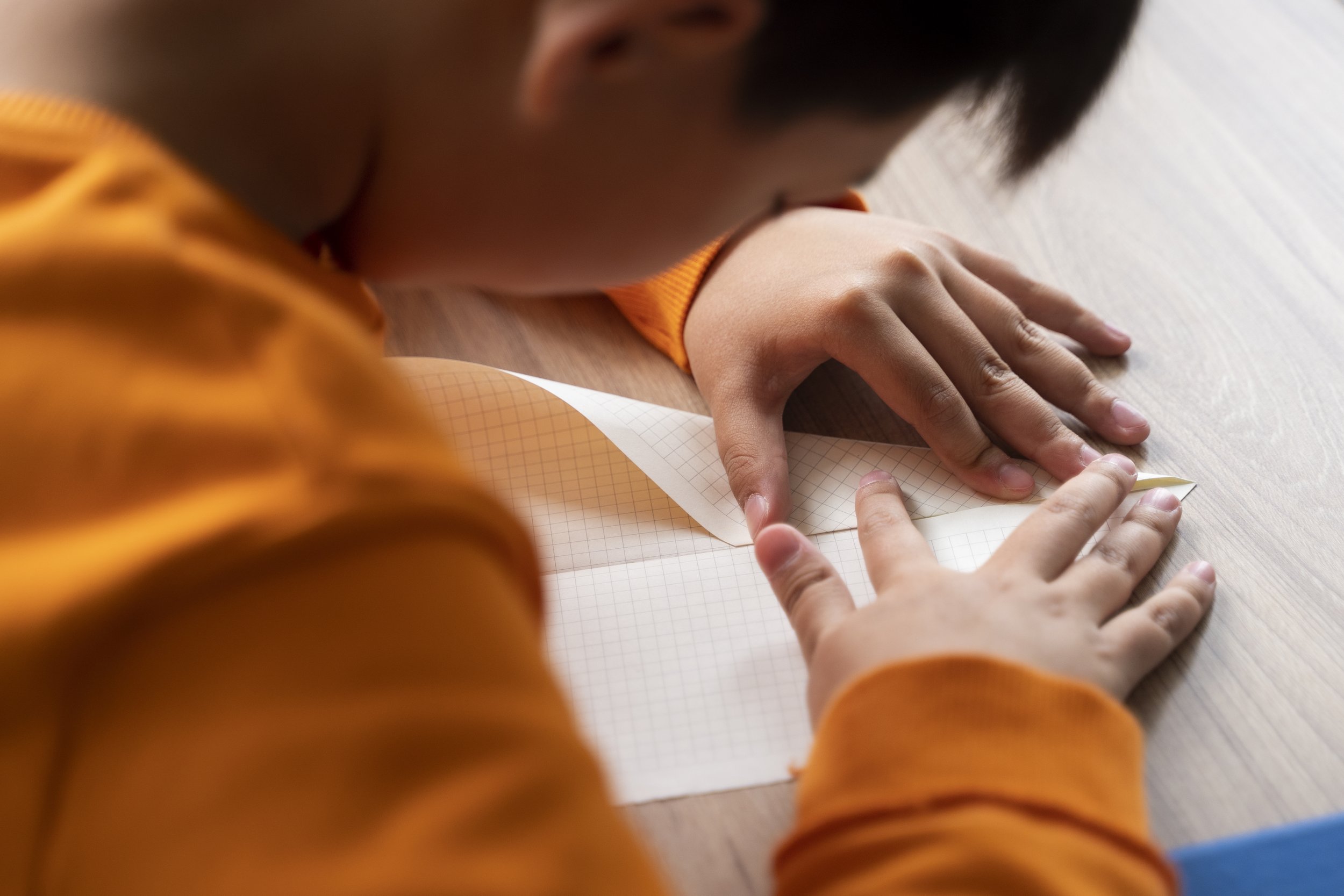What Screen Time Might Be Doing to Our Kids' Creativity
These days, screens are part of everyday life—especially for kids. YouTube Kids, Netflix Kids, and other platforms make it easy to keep children entertained. But have you ever wondered: What’s all this screen time doing to their creativity and self-expression?
Let’s take a look through the eyes of two well-known art education experts: Dr. Elliot Eisner and Dr. Viktor Lowenfeld.
🧠 Watching vs. Creating
Dr. Elliot Eisner believed that real learning happens when children make choices, play with materials, and express what they think and feel in their own way. He said the arts help kids develop different kinds of thinking—things they can’t always say in words.
But when kids spend a lot of time watching videos, they’re receiving someone else’s ideas and stories. They’re not creating their own.
Dr. Viktor Lowenfeld also warned that too much outside influence—like polished, fast-moving media—can actually block a child’s natural creative growth. He emphasized that kids need freedom to explore, imagine, and make their own decisions through drawing, building, or storytelling.
When kids mostly watch, they become observers. But when they create, they become thinkers, dreamers, and problem-solvers.
💡 What Can We Do Instead?
You don’t have to cut out screen time completely. Instead, try to balance it with activities that spark imagination and expression. Here are a few ideas inspired by Eisner and Lowenfeld’s philosophies:
✏️ Encourage drawing and making things
Let kids draw what they imagine—not just characters from shows.🗣 Ask better questions
Instead of “Did you like it?”, ask “What would you change in the story?”🎭 Use media as a starting point
After watching something, invite them to act it out, make a puppet show, or build a scene from it.🎨 Celebrate originality, not perfection
Praise their ideas and effort—not just how “real” something looks.
🌱 Why It Matters
Creative play helps children grow in so many ways. It builds confidence, helps them understand emotions, and strengthens how they communicate. As Eisner said, “The arts teach children how to say what cannot be said.” And Lowenfeld reminded us that when children express themselves freely, they also grow intellectually and emotionally.
So next time you hand your child a screen, think about what else you might offer too—a blank page, some crayons, a box of recycled materials—and see where their imagination takes them.
📚 References
Eisner, E. W. (2002). The Arts and the Creation of Mind. Yale University Press.
Lowenfeld, V., & Brittain, W. L. (1987). Creative and Mental Growth (8th ed.). Macmillan.
American Academy of Pediatrics (2016). Media and Young Minds. Pediatrics, 138(5).
Common Sense Media. (2023). The Common Sense Census: Media Use by Kids Age Zero to Eight.



